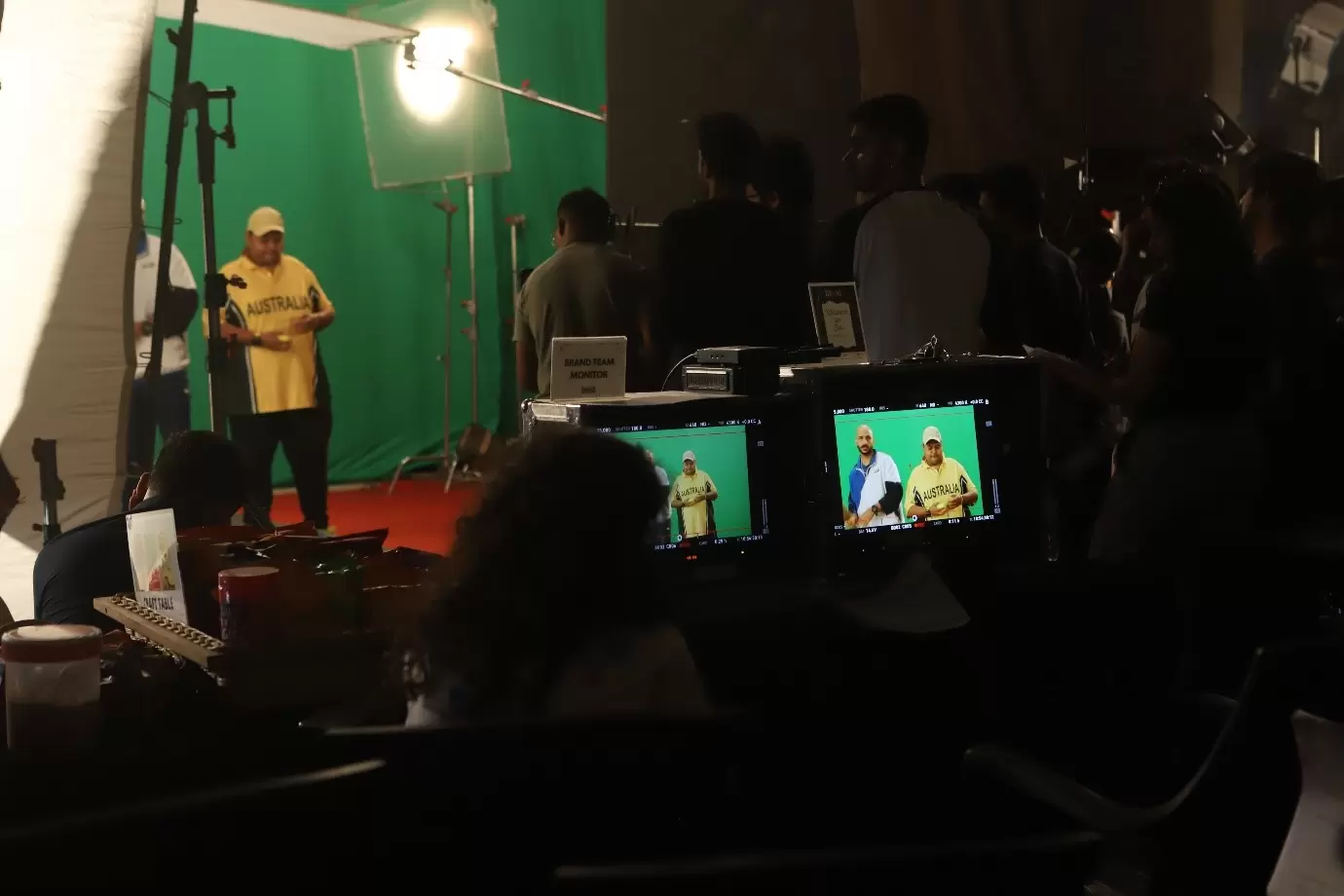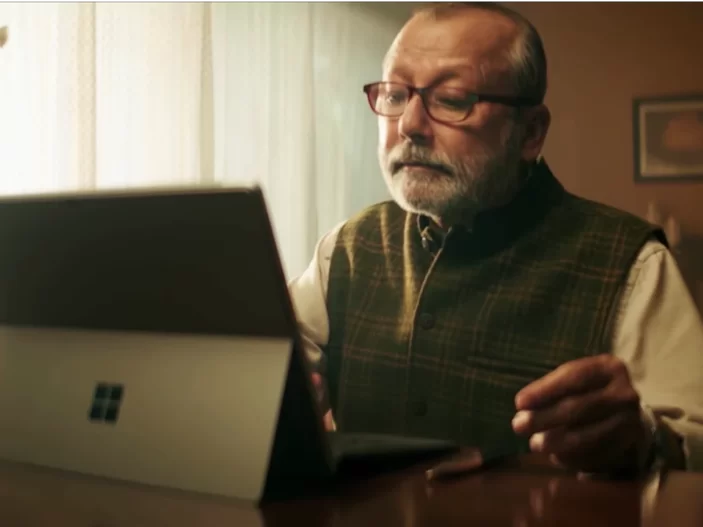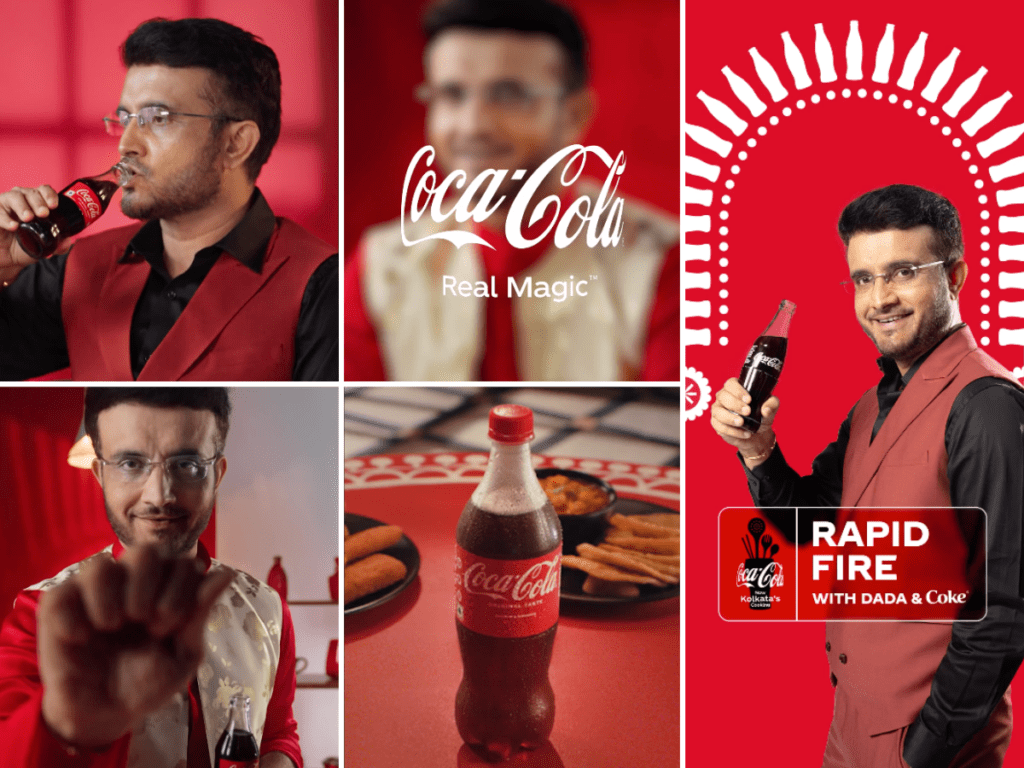The production of every television commercial is different. Producing television commercials does not happen overnight. It is a process of weeks or even months as various factors influence its production. Factors like the size of the budget, the length of the commercial and the specifics of the advertised products determine the type of commercial you will produce.
The Production house for TVC involves various steps in creating a television commercial. The production process of a television commercial varies depending on the type of commercial.
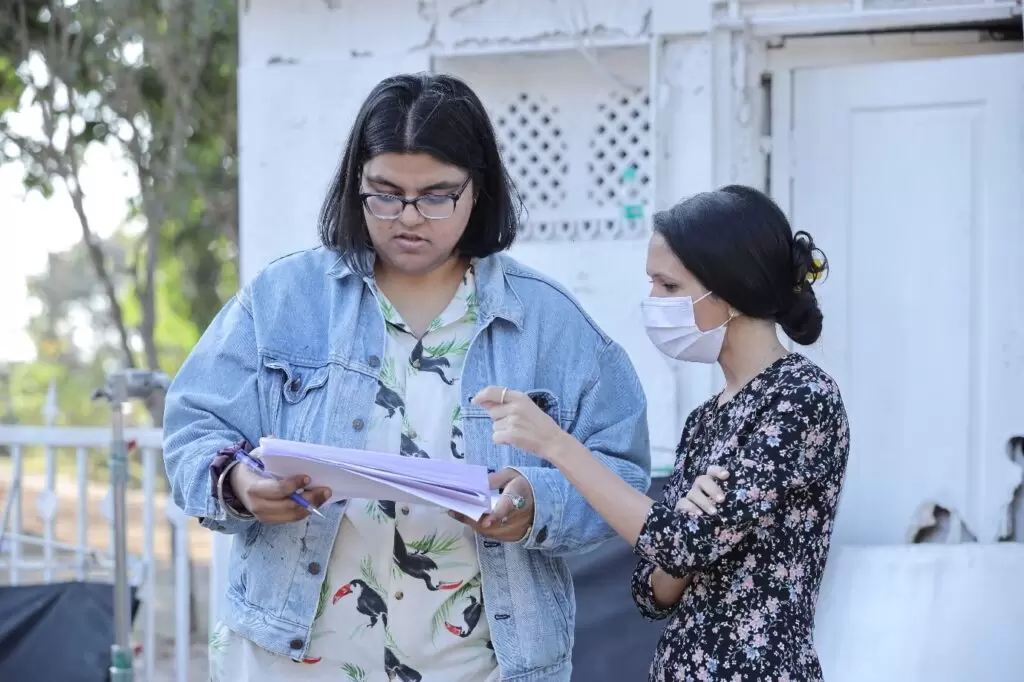
Despite there being various types or formats of commercials available, there are some basic steps which are common for all. Typically, a television commercial production process involves initial planning and budgeting. Next requires the development of the creative concept, writing the script, scheduling the shoot and so on. Apart from this, pre-production, production and post-production are key points of the television commercial production process.
Let us explore the essential steps for creating the production process of television commercials.
What are the three stages of creating a TV commercial?

There are essentially three stages of creating a TV commercial. These three stages include Pre-production, production and post-production. All these stages are separate but are linked by the creative process of creating a television commercial. These stages are also known as the first, second, and final drafts. It is because each stage has a definite role in making the television commercial.
Steps to the Process of Creating Production for the Television Commercial
Creative Development
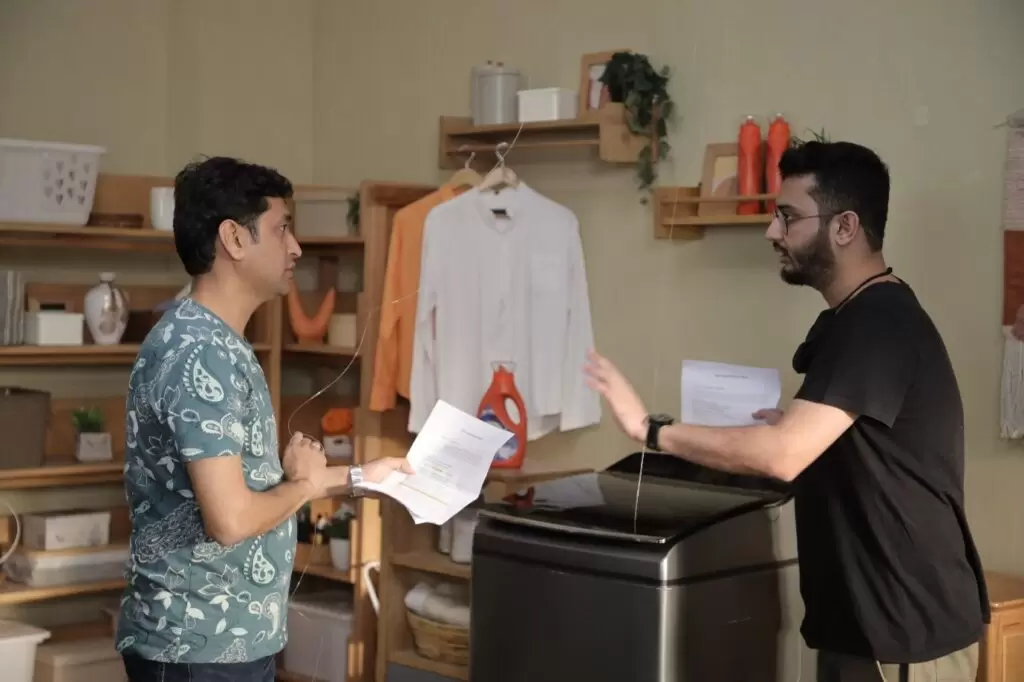
Starting with the script: The creative process of a TV commercial production begins with the script. A good script helps build a compelling story that boosts the sell of the brand’s products or services. Before starting with the strict, breaking down the idea into small fragments is crucial for better understanding. One can develop the script further by organising the small bits of the idea. The writers often use motivation from surroundings or metaphors to build the story.
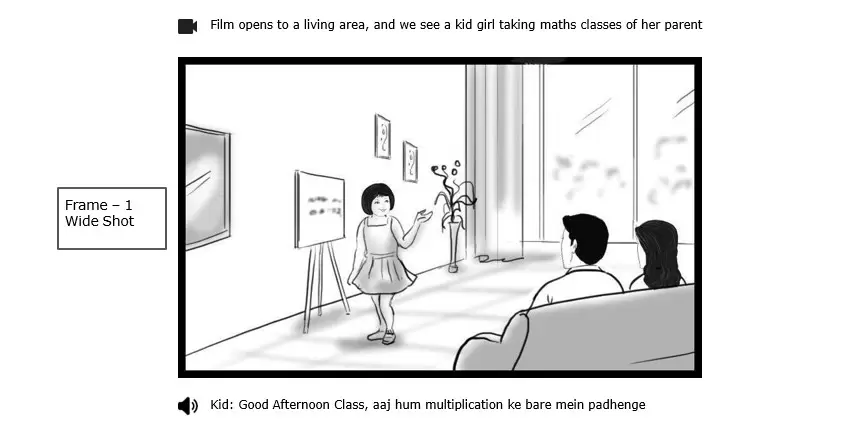
Breaking down the script: Breaking down the script into scenes is the next crucial step when creating a TV commercial production. In this process, one will create a shot list and storyboard. First, it is vital to identify all the scenes in the script. It helps in defining the visuals and further improvisations. In this step, you will have to design the scenes, such as how many people to involve in a scene, the number of cameras required etc. Hence, this step requires taking notes and listing the props and costumes required during filming.
Production process
A shot list: It is a plan to capture every scene of the commercial. A detailed, well-written shot list helps keep the creators and crew organised. By focusing on the important shots, one can get started with filming. A good shot list usually includes every angle of a scene covering all the specific details you want in the final shot.
Shooting schedule: A shooting schedule is one where all the details of the shots, props, and equipment are documented. You will find information regarding the filming location, permissions required before starting the shoot, actors involved in each scene, which cameras to use, and so on. It stores every possible specific information about the production, which helps boost the shoot of the TV commercial.
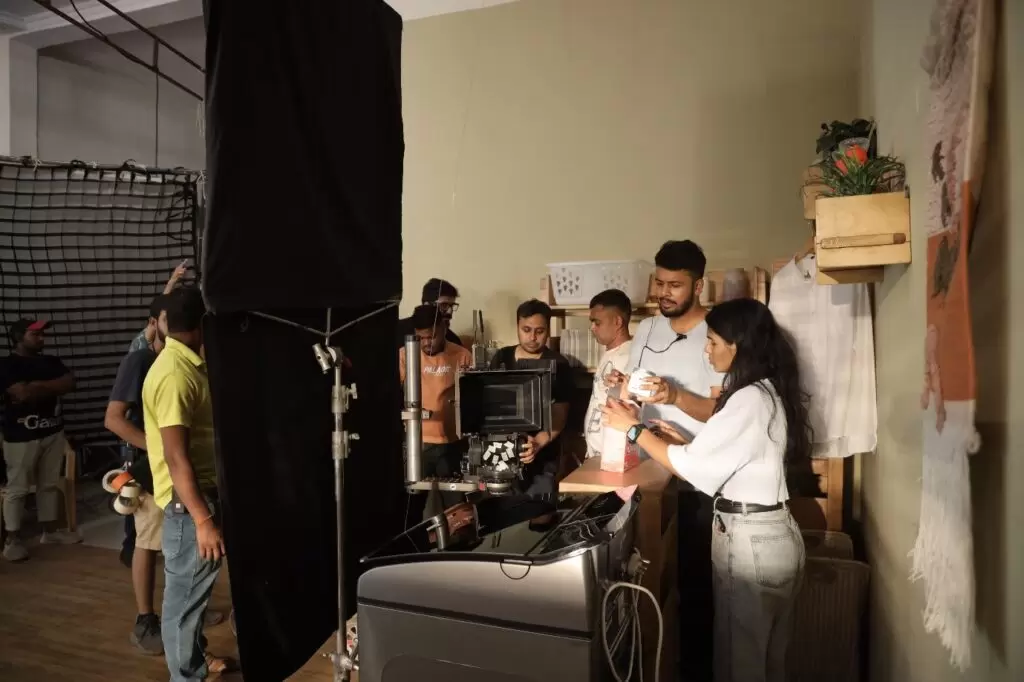
Shooting the Commercial: Shooting the TV commercial is quite a complex process involving numerous people and departments. One will have to finalise the locations, sets, shot list, props, equipment and other essentials of a shooting scene. After finalising it, the shooting process starts. While on set, the crew assigned to their tasks must ensure that everything goes planned.
TV commercial production schedule: The production schedule documents detailed information about the production from beginning to end. It is a crucial tool in managing the production process. It helps coordinate the production activities and departments, keeps track of the progress, measures productivity, manages the resources and even evaluates the risks. It is a highly detailed document, one of the most crucial steps in creating a production for TV commercials.
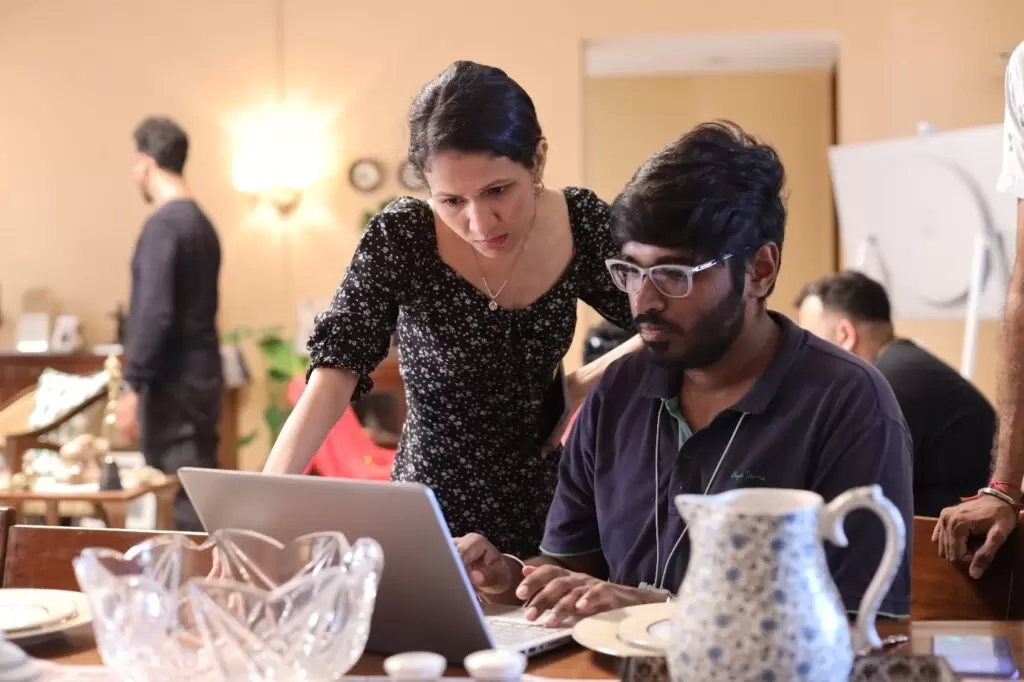
Post-Production
- Editing: This involves selecting the best footage and arranging it in the order that tells the story most effectively. Editors use Adobe Premiere Pro or Final Cut Pro to cut and assemble the footage.
- Color Correction: This is the process of adjusting the color of the footage to ensure consistency and to create a specific mood or tone. Color correction software like DaVinci Resolve is used for this process.
- Audio Mixing: This involves adjusting the sound levels, adding sound effects and music, and ensuring the audio is clear and balanced. Audio mixing software like Pro Tools is used for this process.
- Special Effects: If special effects are required, this is the stage where they are added. This could include compositing, animation, or any other necessary visual effects.
- Exporting: Once all the post-production work is completed, the final product is exported into the desired format for broadcast or distribution.
- Quality Control: This involves reviewing the final product to ensure that it meets the technical requirements for broadcasting and that there are no errors or glitches.
- Delivery: The final step is delivering the commercial to the broadcaster or client in the required format.
Following these post-production steps, you can create a high-quality television commercial that effectively communicates your message to the target audience.
Thus, these are the essential steps to remember when creating a production for TV commercials. The best production house India also keeps these steps in check when they are involved in the creative process of creating a TV commercial.


